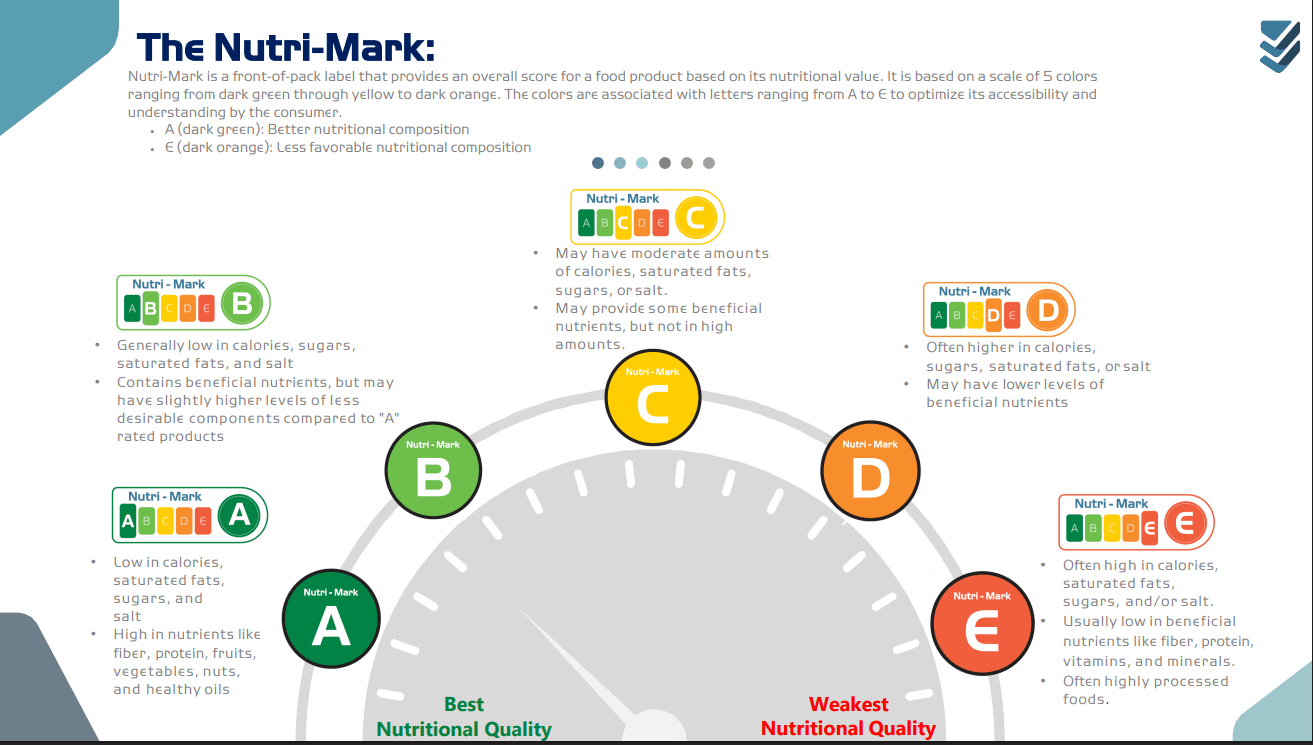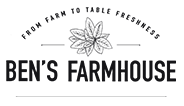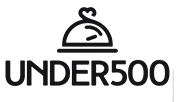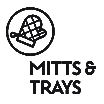The Ultimate Guide to Food Labeling in the UAE
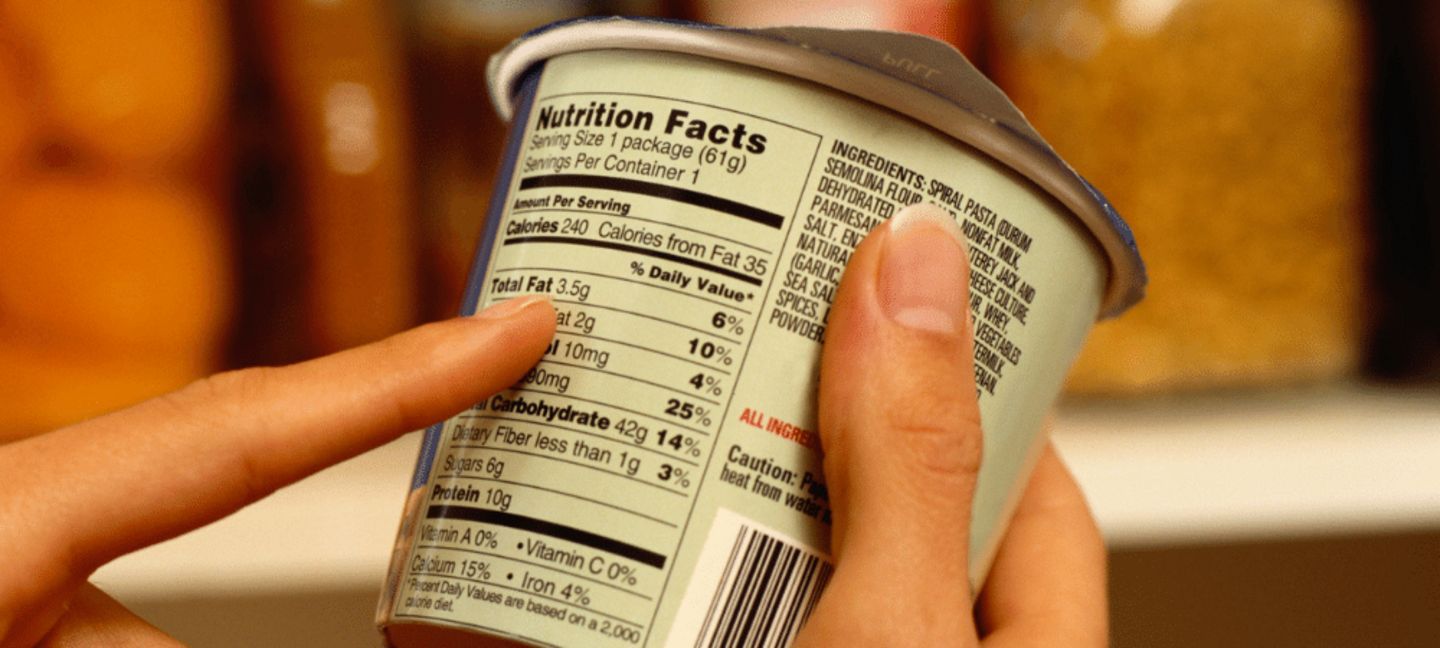
The Ultimate Guide to Food Labeling in the UAE
Food labeling has become a crucial aspect of product presentation and consumer trust, whether you manage a small artisan bakery or a large manufacturing plant. Accurate labeling ensures your business meets UAE regulations, protects consumers from potential harm, and fosters positive brand perception. This guide will walk you through the essentials—covering how to create compliant nutrition labels and key Gulf Cooperation Council (GCC) standards—so you can stay aligned with local mandates and give your customers the clarity they deserve.
Why Food Labeling Matters
Imagine a health-conscious customer scanning products for potential allergens or nutrition data. If your food label is unclear, inaccurate, or incomplete, you risk losing that sale and potentially facing legal or financial repercussions. Creating nutrition facts labels is more than a formality; it’s about transparency, consumer safety, and brand credibility.
In the UAE, missing or incorrect details—such as inaccurate expiration dates, omitted allergens, or incomplete ingredient lists—can lead to recalls, legal challenges, and health risks, especially for those with strict dietary restrictions. However, with thorough organization, bilingual labeling (English and Arabic), and the right software tools, you can navigate these regulations smoothly and build trust among consumers.
1. What Is Food Labeling?
The Food and Agriculture Organization (FAO) defines food labeling as “any written, printed, or graphic matter that is present on the label, accompanies the food, or is displayed near the food.” Essentially, labeling is your direct line of communication with consumers, explaining:
- Ingredients & Allergens
- Nutritional Content
- Storage & Preparation Instructions
- Responsible Firm Information
In today’s interconnected market, food products commonly cross borders. If you plan to sell in GCC countries (e.g., UAE, KSA, Oman, Qatar, Kuwait, Bahrain), you’ll likely need Arabic-language labels or stickers in addition to English, ensuring clarity and adherence to local rules.
2. UAE Regulatory Compliance for Nutrition Labels
The UAE applies GCC-wide standards (e.g., GSO 9/2013 for general labeling, GSO 2233 for nutritional labeling) and various Dubai Municipality guidelines. While the specifics vary per product, here are the core elements you should cover:
Statement of Identity
Name your product clearly and truthfully. If you’re using a fanciful name, pair it with a descriptive phrase that clarifies the actual nature of the product.
Net Quantity
List total weight or volume in metric units, excluding packaging. In many UAE regulations, day/month/year or month/year formats are also crucial for expiration dates.
Ingredients & Allergen Disclosure
List each component by common name, in descending order by weight. Highlight known allergens (e.g., wheat, milk, eggs, fish, peanuts, tree nuts, soy, sesame) in both English and Arabic. If your recipe includes animal fats, specify the animal source (e.g., beef) and ensure it is Halal-compliant if you’re marketing to a predominantly Muslim consumer base.
Nutrition Information (If Applicable)
Under GSO 2233, packaged products typically require a full nutrition label (carbohydrates, fats, protein, energy, etc.) to meet retail standards. However, food service establishments (e.g., restaurants, cafés) may not need a detailed nutrient breakdown on every item—yet calorie declaration is strongly encouraged.
In Dubai, for instance, guidelines require or recommend listing calories on menus to help diners make informed choices, especially if you’re making nutrient or health claims. This approach aligns with the Emirate’s initiative to promote healthier eating habits.
Responsible Firm Info
Include the manufacturer’s or distributor’s name and address. If someone else is manufacturing for you, clarify with statements like “Produced for” or “Distributed by.”
3. Key Considerations for GCC Labeling
Although the UAE largely aligns with broader GCC standards, it imposes additional local nuances:
Arabic Labeling
Most regulations require Arabic text on the packaging or an Arabic sticker that doesn’t contradict existing printed info. The text must be legible and securely affixed to avoid tampering.
Production and Expiration Dates
UAE guidelines typically enforce clear date markings. Products with a shelf life of three months or less often must show day/month/year, while longer shelf-life items can display month/year. Under the month/year format, the last day of that month is the expiration date.
Halal Considerations
Pork and pork by-products are heavily regulated. If your product is Halal, ensure you have the Halal certificate from an approved UAE authority, and label it accordingly.
Lot Identification & Traceability
Authorities require trace codes or batch numbers, enabling quick recalls if needed.
Shelf-Life & Storage Instructions
Indicate “best-before” or “use-by” dates as per local standards, and ensure these are printed, not just stickered. Provide clear storage instructions to maintain product integrity.
4. Designing Your Food Label
Legibility & Layout
Font Size: Many regulations specify a minimum text height—often around 1.6 mm—to ensure readability.
Contrast: Avoid using pale text on a pale background.
Principal Display Panel (PDP): Shows the product name, net quantity, and main claims.
Information Panel: Typically includes the ingredient list, nutrition facts, and manufacturer details.
Artwork & Approval
A common pitfall is approving label artwork without a compliance review. Minor errors in allergen declaration or date formatting can lead to expensive reprints or, worse, rejection of your shipment at UAE ports. Consult local guidelines or a compliance expert before sending labels to print.
5. Creating & Verifying Nutritional Data
Local Databases & Software
To calculate the nutrient profile of your product, you can:
- Use global databases (e.g., USDA or other international references), though cross-checking with local regulatory requirements is essential.
- Conduct lab analysis, which is highly accurate but can be more expensive and time-consuming.
- Employ specialized software capable of generating instant nutrient data from your recipe inputs, ensuring they meet UAE and GCC labeling standards (e.g., Arabic format, local disclaimers).
Substantiating Claims
Any statement like “High Protein,” “Low Fat,” or “Organic” must be backed by credible data. If you claim “Low Sodium,” you must meet relevant thresholds set forth by local and GCC guidelines. In the UAE, if you claim “Healthy,” your dish may need to adhere to additional nutritional criteria (e.g., maximum saturated fat or sodium content).
6. Additional Considerations
Allergen & Dietary Restrictions
GCC rules often parallel global best practices by mandating disclosure of major allergens. Some guidelines also require disclaimers like “may contain traces of…” to warn about cross-contamination risks.
Date Markings & Shelf Life
Ensure expiration dates are indelibly printed rather than stickered, especially in the UAE. Double-check you’re following the correct day/month/year or month/year format. Missing or tampered labels can prompt customs rejections.
Traceability & Recalls
UAE authorities emphasize traceability codes or batch numbers to facilitate recall procedures. A robust labeling system helps isolate defective batches quickly, minimizing harm to both consumers and your brand.
7. Final Verification: Ensuring Compliance & Automation
Before launching your product in the UAE, confirm the following:
- Ingredients & Allergens: All are properly stated in Arabic and English, with no omissions.
- Nutritional Panel Format: If required, use a layout consistent with GSO or Dubai Municipality guidelines.
- Production & Expiration Dates: Correctly formatted for the UAE; day/month/year or month/year as appropriate.
- No Contradictions: Stickers or translations cannot conflict with original text—be consistent throughout.
Automation and Software are game-changers here. Modern tools can not only calculate calories and nutrients but also flag compliance issues (e.g., formatting or labeling errors). By integrating regulatory checkpoints into a digital workflow, you can generate packaging drafts, nutrition labels, and compliance checklists automatically. This approach helps avoid costly manual oversights and speeds up the product-to-market process.
Take the Next Step in Compliance with NutriCal
Looking to simplify your labeling and compliance journey in the UAE? NutriCal is a food data intelligence software designed to:
- Automate nutrient calculations for thousands of ingredients, including macros, vitamins, and minerals.
- Handle English and Arabic labels, ensuring bilingual compliance.
- Integrate with your existing tech platforms (websites, POS systems, or delivery apps).
- Generate nutrition facts labels, run recipe costing, and even create social media visuals.
- Scale to restaurants, cloud kitchens, food manufacturers, or aggregators looking for a unified solution.
By leveraging NutriCal’s automated workflow and extensive 25,000+ ingredient database, you can confidently produce accurate, regulation-ready labels—reducing errors, speeding up approvals, and empowering consumers to make better-informed food choices.
Ready to revolutionize your food labeling process?
Get a Demo of NutriCal’s features.
Try it out and discover how easy it is to meet every UAE requirement—while giving your customers all the information they need to dine confidently.
Government Partnership
Coming Soon
Frequently Asked Questions
NutriCal provides comprehensive nutritional analysis beyond calorie counts, encompassing allergens, meal types, and customized food labels. You can also effectively manage recipes, tailor menus, and generate insightful reports.
NutriCal is an online platform accessible from anywhere with an internet connection. Our services have a global reach, with a strong focus in the GCC region.
NutriCal collaborates with a diverse range of establishments, including food brands, suppliers, retail chains, and restaurants in the GCC.
Absolutely! NutriCal offers a complimentary trial period. Reach out to us to initiate your trial experience on our platform.
For detailed pricing information, please get in touch with our dedicated sales team. Our pricing plans are flexible and tailored to suit your specific business requirements.
We provide both monthly and annual subscription plans, granting you the choice to select the payment option that aligns best with your preferences.
NutriCal allows seamless integration of missing ingredients through credible data sources, ensuring a complete and personalized database.
NutriCal's data originates from reputable sources such as USDA and undergoes rigorous theoretical analysis, ensuring utmost precision in nutritional calculations.


